AI in Future Education
advanced future education artificial intelligence
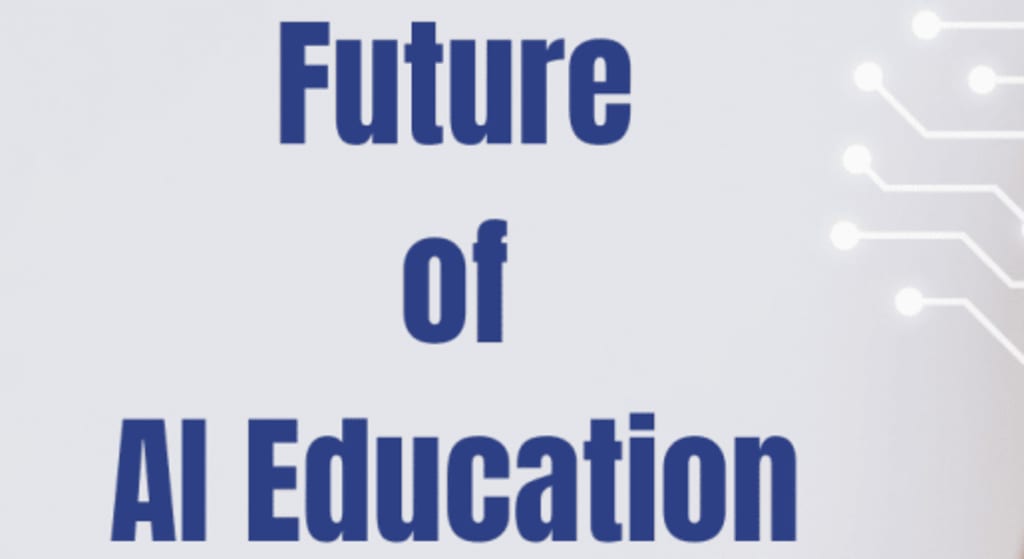
AI is expected to play a significant role in the future of education. It can be used to personalise learning experiences, improve student engagement, and provide students with real-time feedback.One way that AI is being used in education today is through the use of adaptive learning software. These programs use data on student performance to adjust the difficulty of the material, providing a personalised learning experience that is tailored to the individual student. This can help to improve student engagement and increase the effectiveness of the learning experience.
AI can also be used to provide real-time feedback to students, allowing them to quickly identify areas where they need to improve and take corrective action. For example, AI-powered writing assistance can provide feedback on grammar, sentence structure, and content, allowing students to improve their writing skills.
AI can also be used in virtual tutors and teaching assistants, which can help to improve student engagement and provide additional support for students who are struggling. Additionally, AI can be used to analyse large amounts of data on student performance to identify patterns and trends that can be used to improve the overall effectiveness of the educational system.
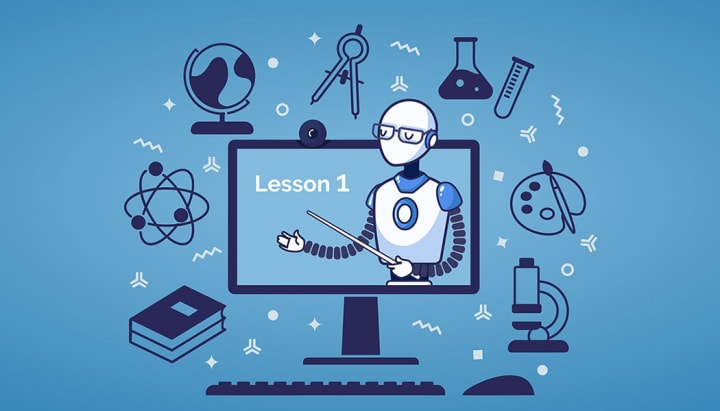
However, there are also concerns related to the use of AI in education. One of the main concerns is that AI-powered systems may not be able to Fully replicate the human element of teaching. This could lead to a lack of empathy and understanding, which is essential to effective teaching.
Another concern is that AI-powered systems may not be able to adapt to the diverse needs and backgrounds of students, which could lead to a lack of accessibility for some students. Additionally, there are concerns about the potential for bias in AI-powered systems, which could lead to unfair treatment of certain students.
To address these concerns, it will be important for governments, educational institutions, and other stakeholders to work together to develop regulations, standards, and best practices for the use of AI in education. This could include measures to ensure that AI-powered systems are accessible to all students, guidelines to ensure that AI-powered systems do not perpetuate bias, and programs to retrain teachers whose jobs may be affected by the adoption of AI.
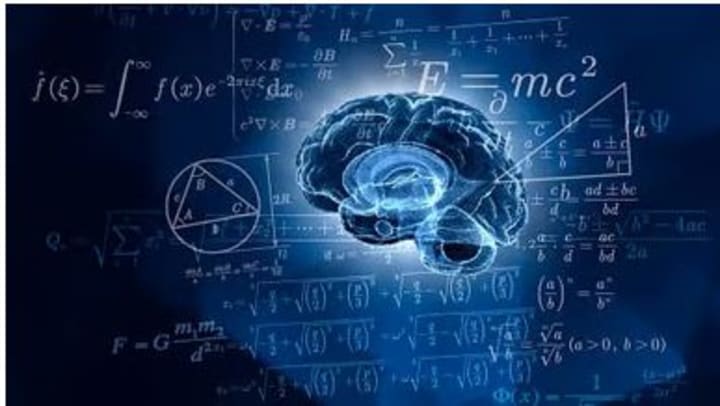
AI has the potential to revolutionise the education system by improving student engagement, providing personalised learning experiences, and providing real-time feedback. However, it is important to consider the potential risks and to take steps to mitigate them. With the right approach,
AI can be used to create an educational system that is more effective, more accessible, and more equitable.
AI has the potential to revolutionize education by personalizing learning experiences, improving student engagement, and providing real-time feedback. Personalized learning is one of the most promising areas of AI in education. Adaptive learning software uses data on student performance to adjust the difficulty of the material, providing a personalised learning experience that is tailored to the individual student. This can help to improve student engagement and increase the effectiveness of the learning experience.
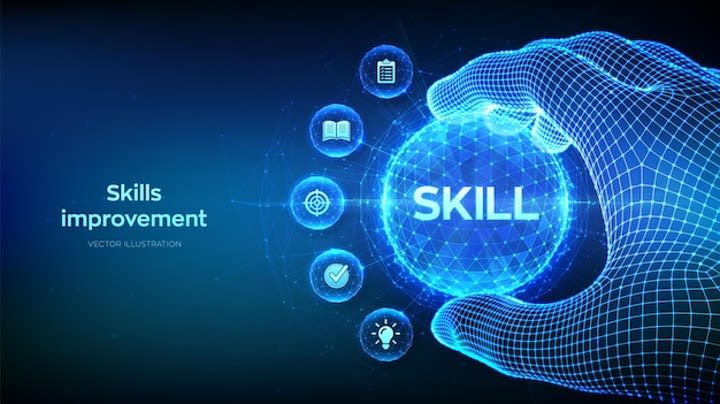
One example of personalised learning is the use of AI-powered chatbots that can provide students with instant feedback on their learning progress. These chatbots can be programmed to provide students with targeted feedback, such as explanations of difficult concepts, practice problems, and suggestions for further reading. This can help students to identify areas where they need to improve and take corrective action.
Another way that AI is being used in education is through virtual tutors and teaching assistants. These AI-powered systems can provide students with additional support and guidance, particularly for students who are struggling. For example, AI-powered virtual tutors can provide students with step-by-step guidance on solving problems and help them to understand difficult concepts. Virtual teaching assistants can also be used to help teachers manage their workload, by handling administrative tasks such as grading assignments and providing feedback to students.
AI can also be used to analyse large amounts of data on student performance to identify patterns and trends that can be used to improve the overall effectiveness of the educational system. For example, AI algorithms can be used to identify which students are at risk of falling behind, so that educators can intervene early and provide additional support. AI can also be used to analyze data on student engagement to identify factors that contribute to student success, such as attendance, participation in class discussions, and engagement with online resources.
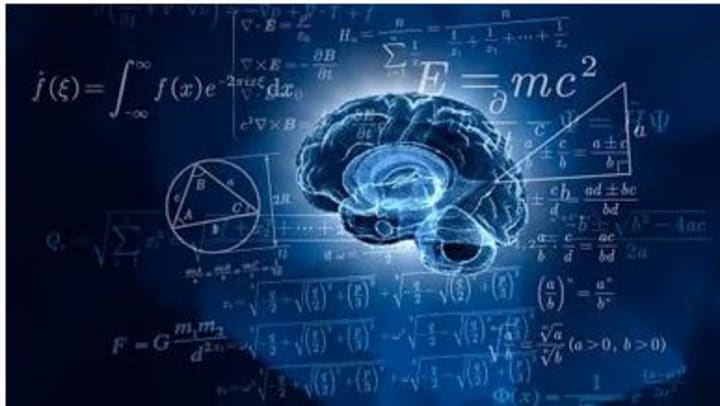
However, as with any new technology, there are also concerns related to the use of AI in education. One of the main concerns is that AI-powered systems may not be able to fully replicate the human element of teaching. This could lead to a lack of empathy and understanding, which is essential to effective teaching. Additionally, there are concerns about the potential for bias in AI-powered systems, which could lead to unfair treatment of certain students.
Another concern is the lack of accessibility of AI-powered systems for some students, especially those with disabilities or from low-income backgrounds. These students may not have access to the necessary technology or resources to fully benefit from AI-powered educational systems.
To address these concerns, it will be important for governments, educational institutions, and other stakeholders to work together to develop regulations, standards, and best practices for the use of AI in education. This could include measures to ensure that AI-powered systems are accessible to all students, guidelines to ensure that AI-powered systems do not perpetuate bias, and programs to retrain teachers whose jobs may be affected by the adoption of AI. Additionally, it is important to ensure that the ethical and legal implications of AI in education are considered and addressed.
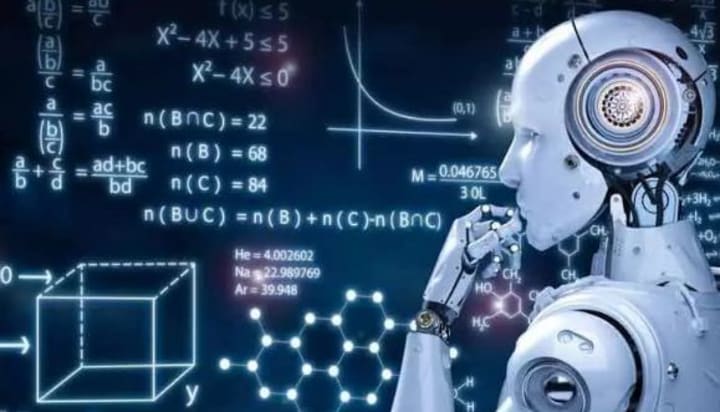
In conclusion, AI has the potential to revolutionise the education system by personalising learning experiences, improving student engagement, and providing real-time feedback. However, it is important to consider the potential risks and to take steps to mitigate them. With the right approach, AI can be used to create an educational system that is more effective, more accessible, and more equitable for all students.
About the Creator
ARUNINFOBLOGS
A information content writer creating engaging and informative content that keeps readers up-to-date with the latest advancements in the field.
Most of i write about Technologies,Facts,Tips,Trends,educations,healthcare etc.,






Comments
There are no comments for this story
Be the first to respond and start the conversation.